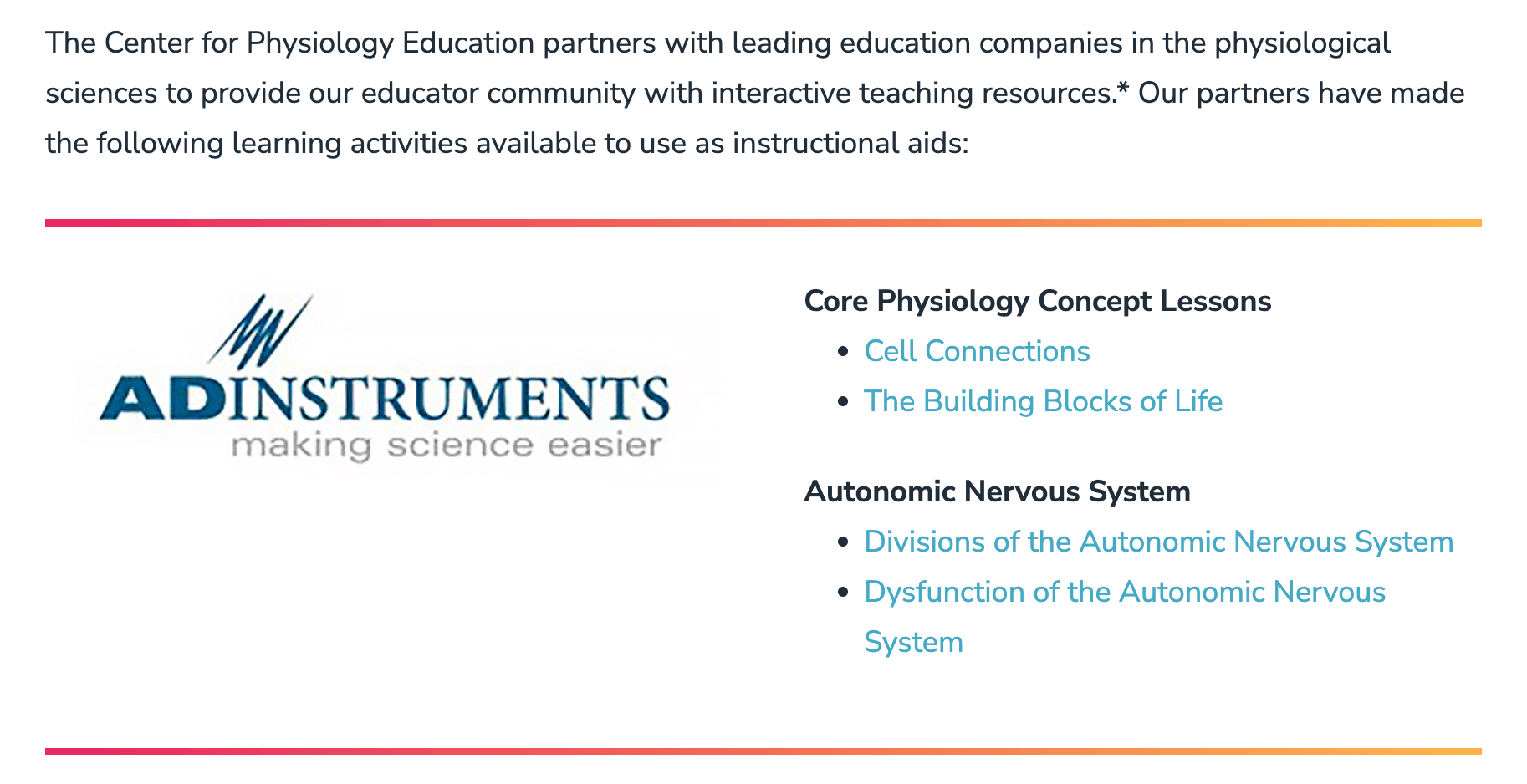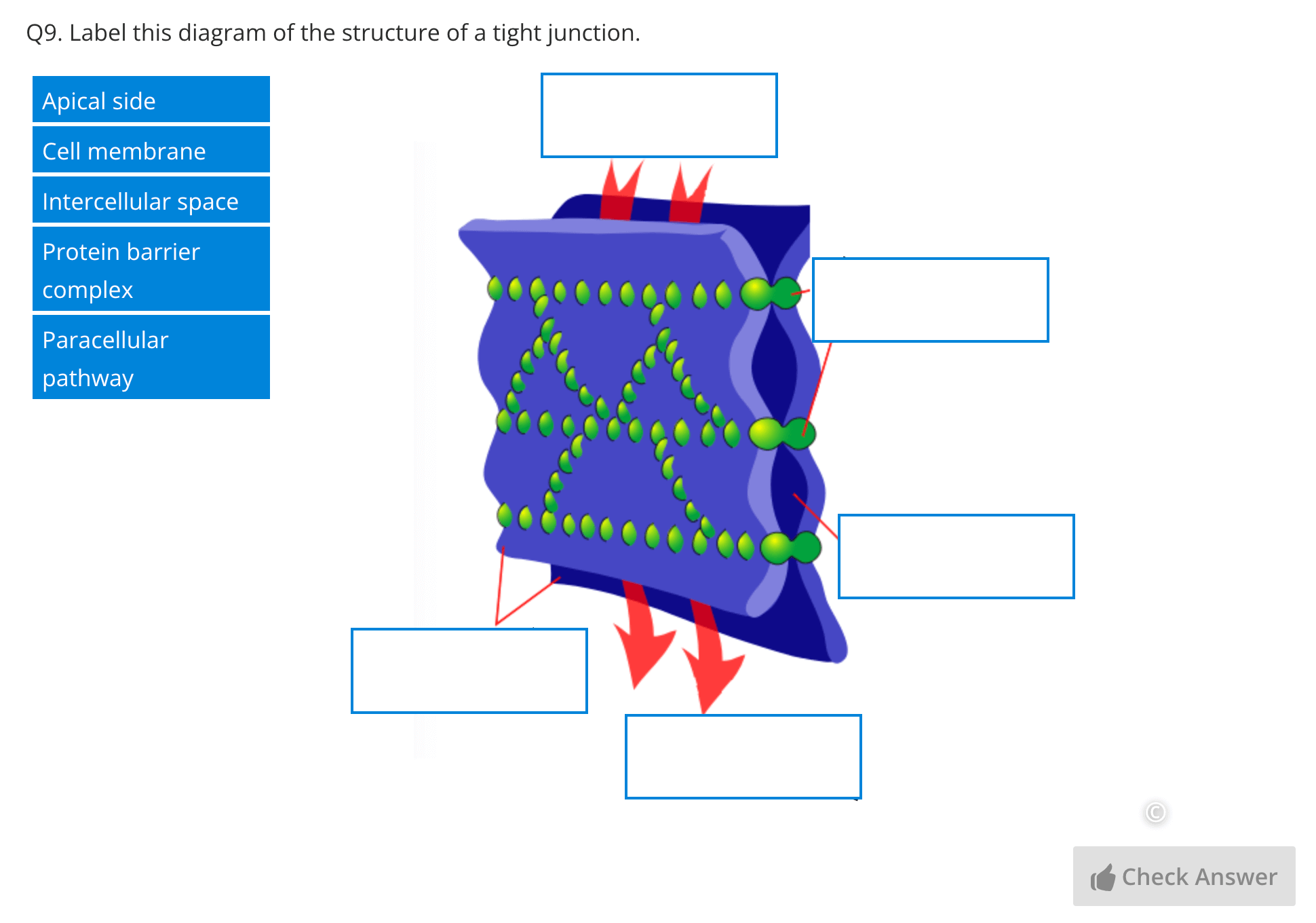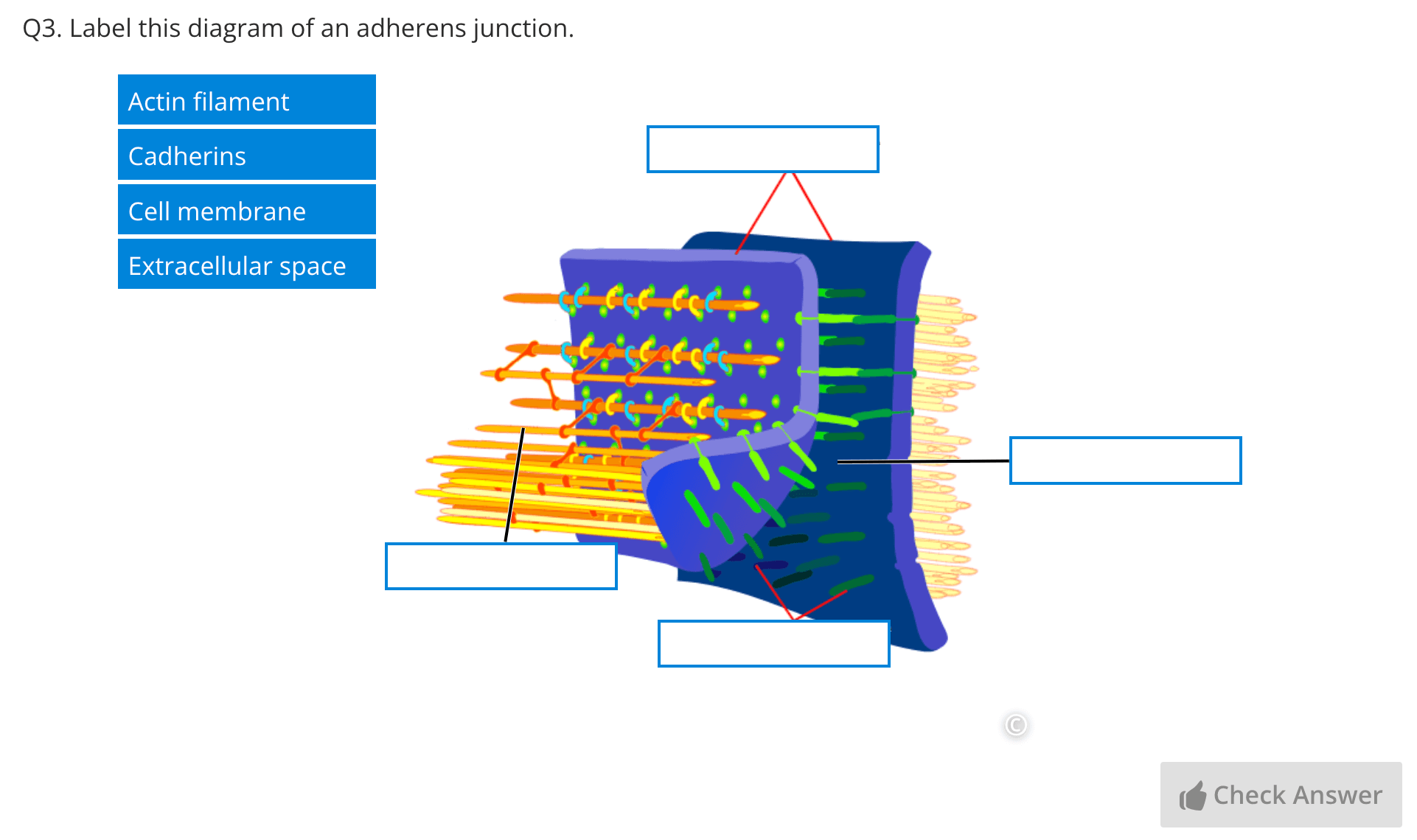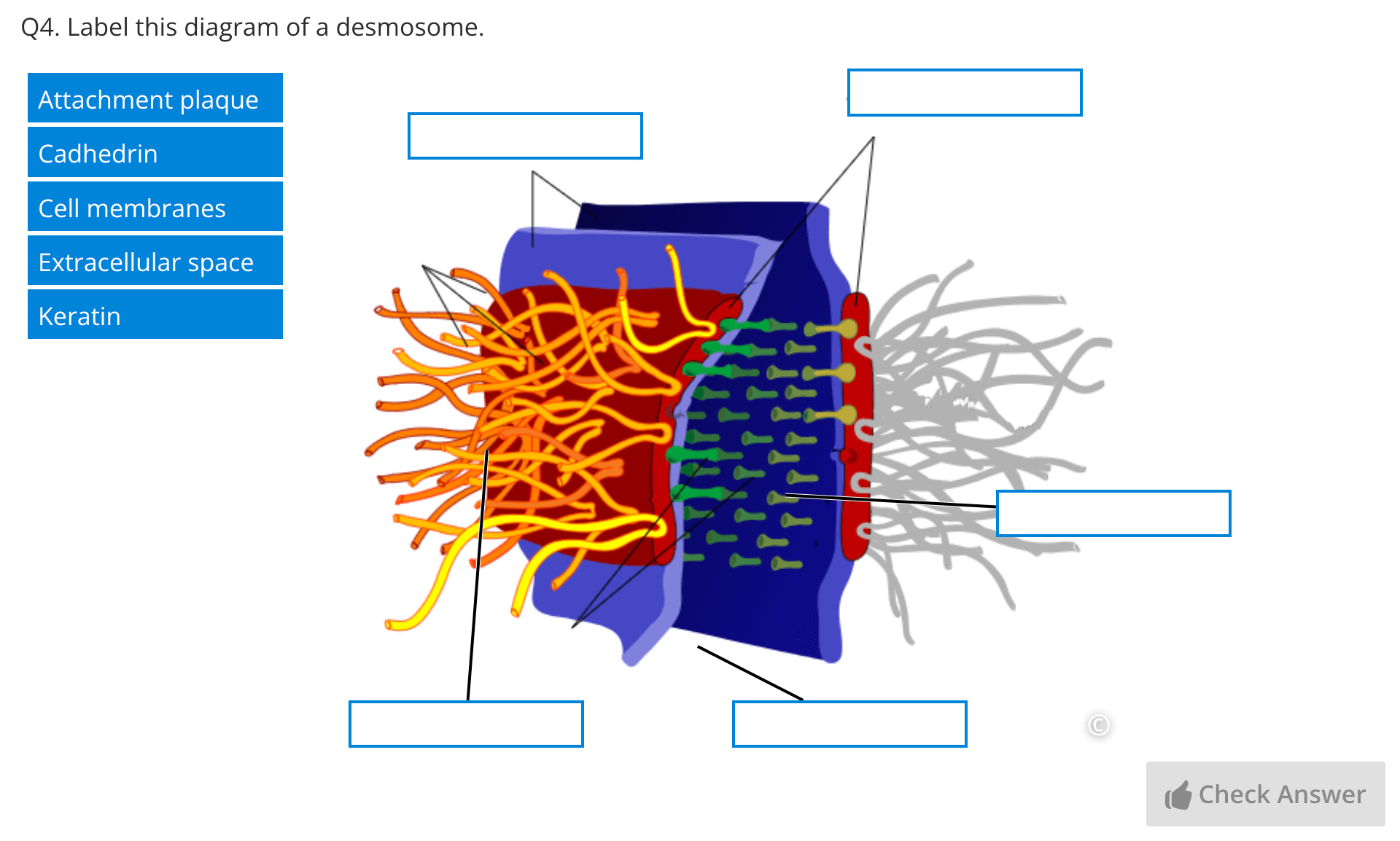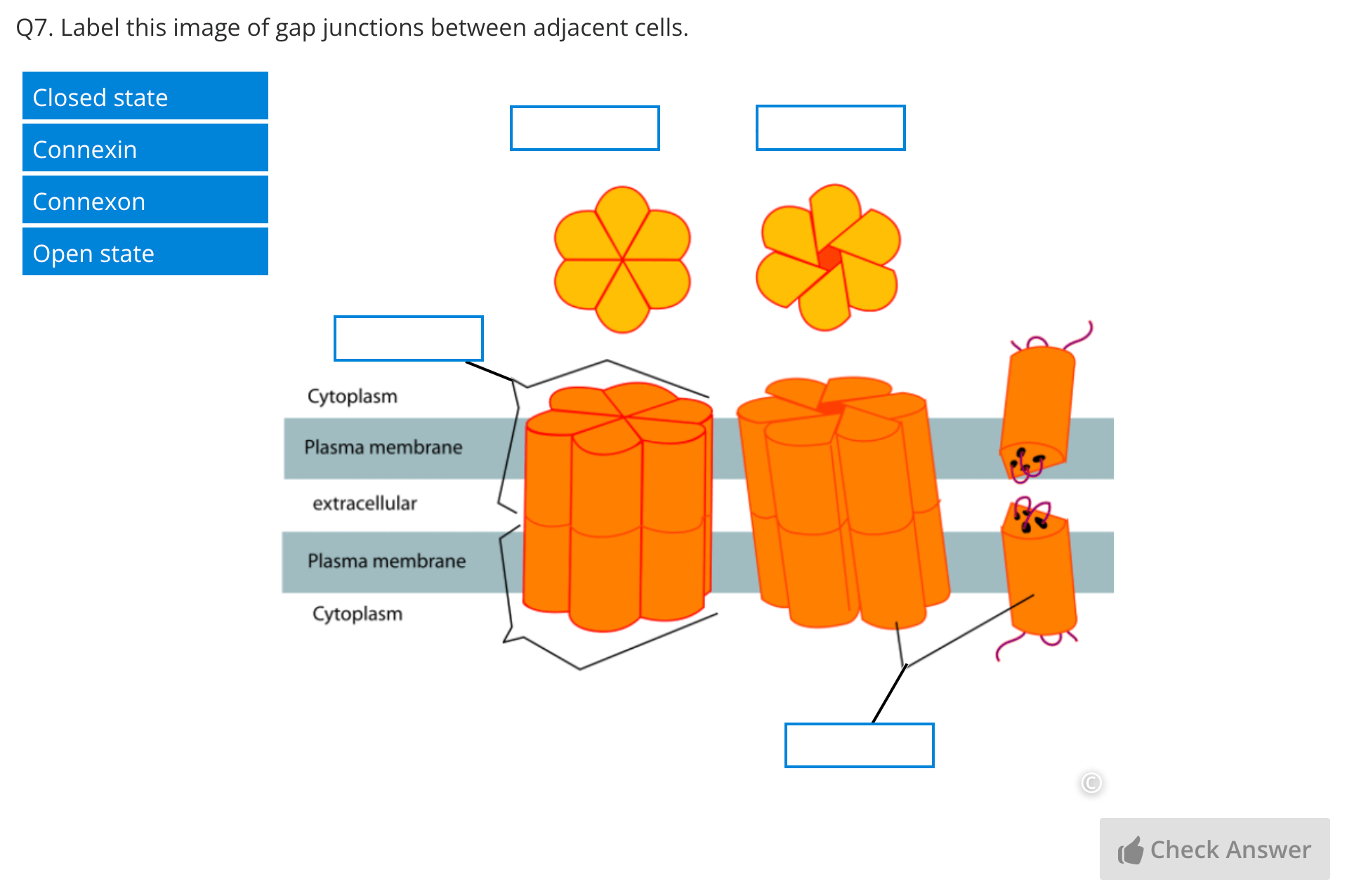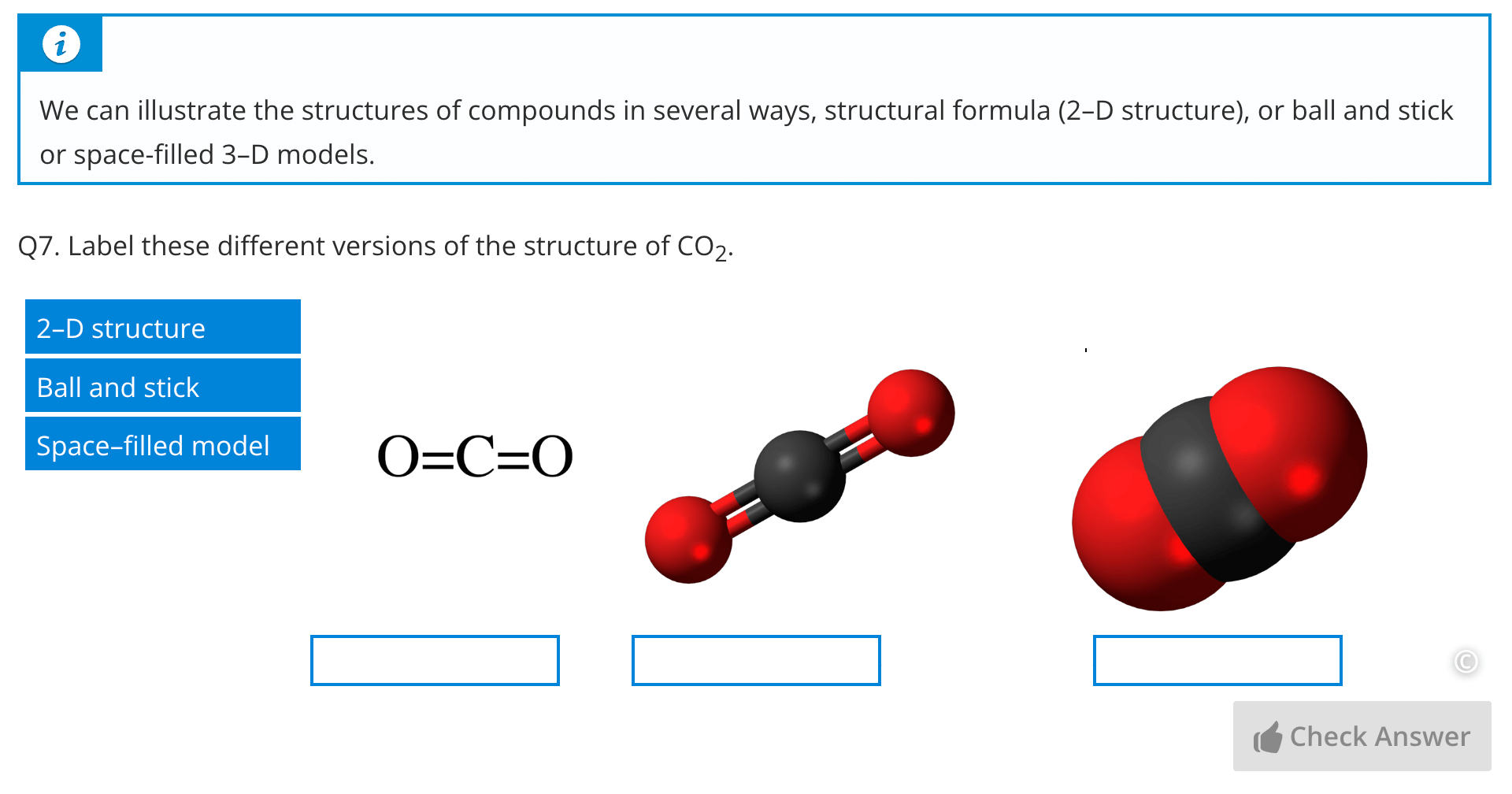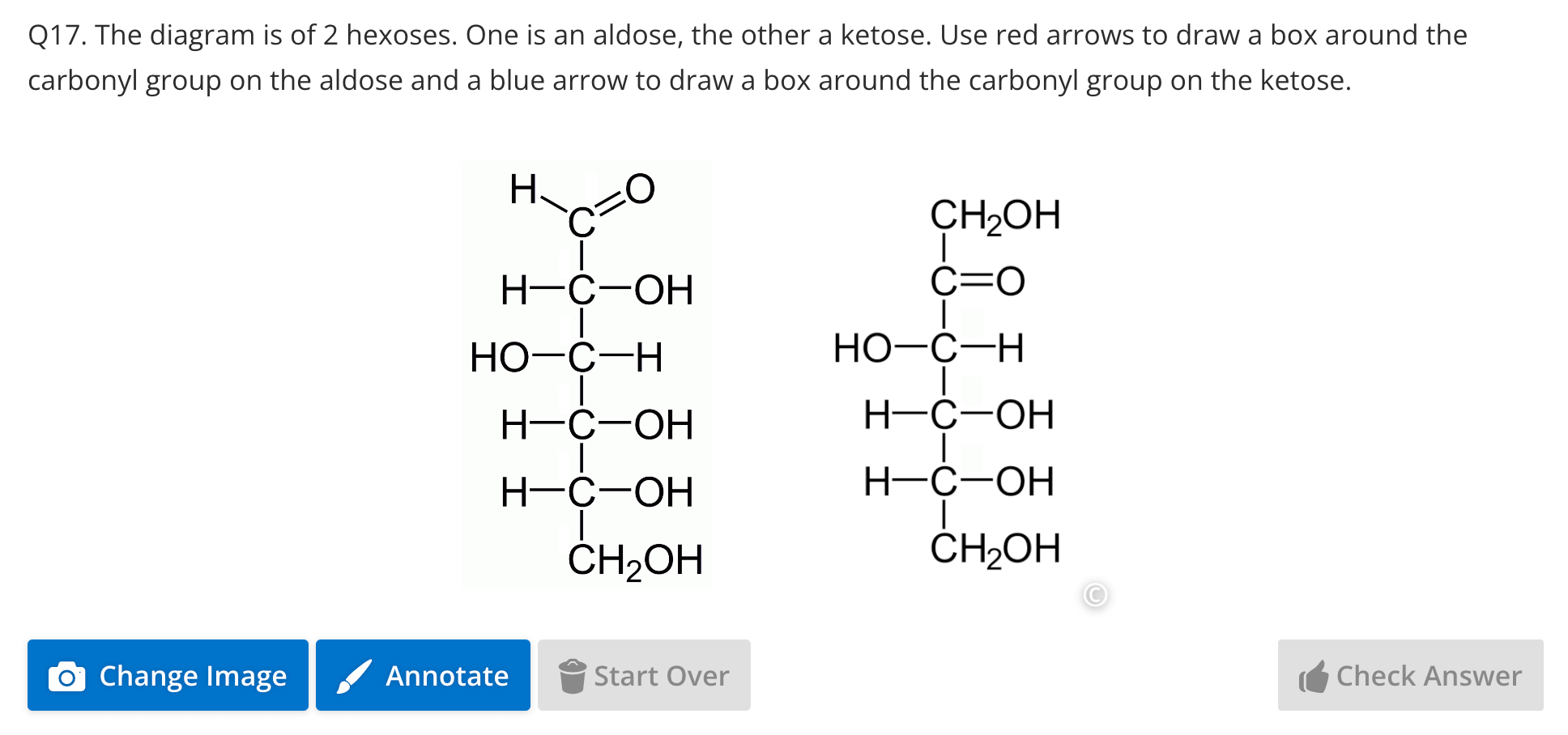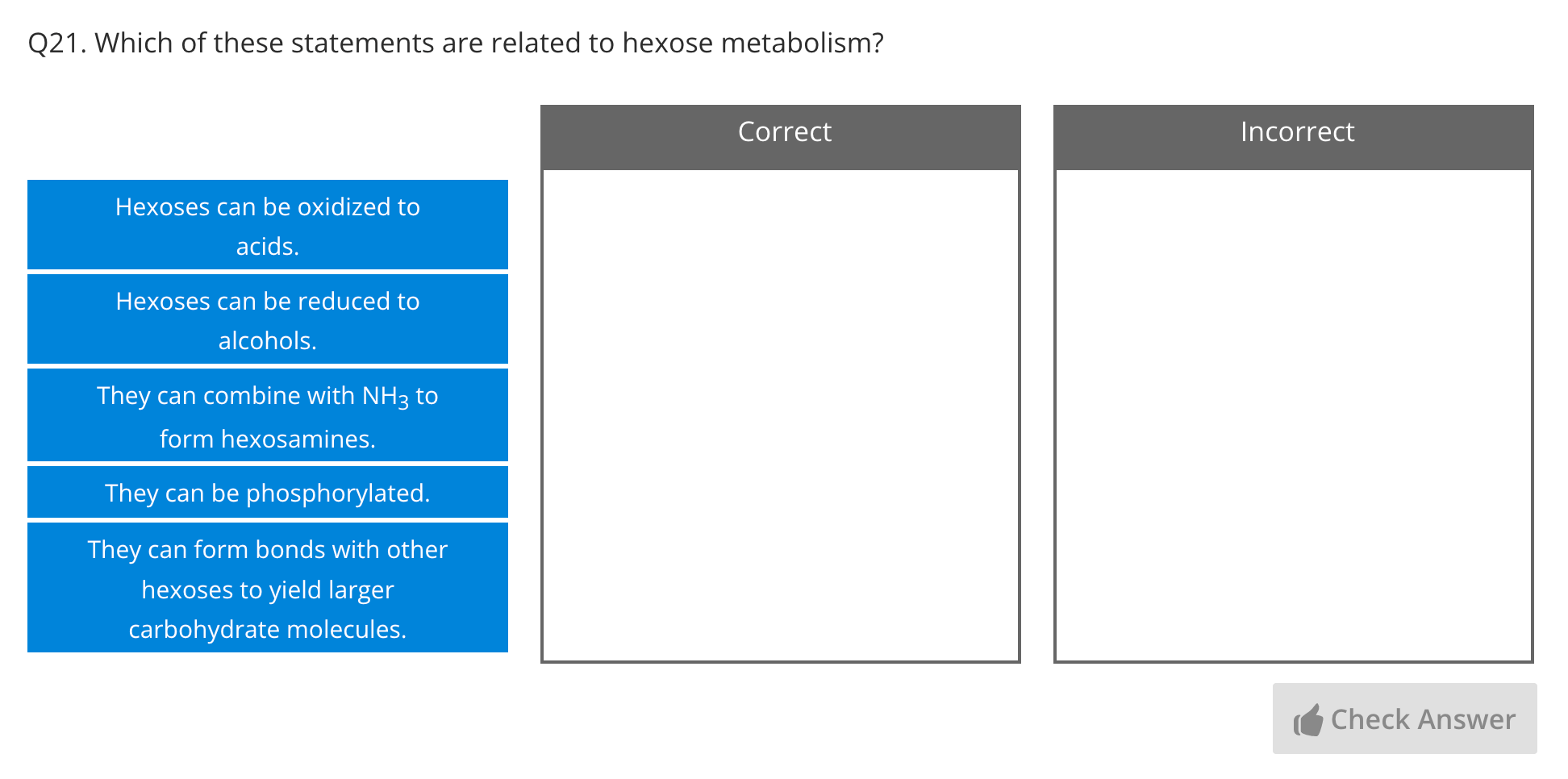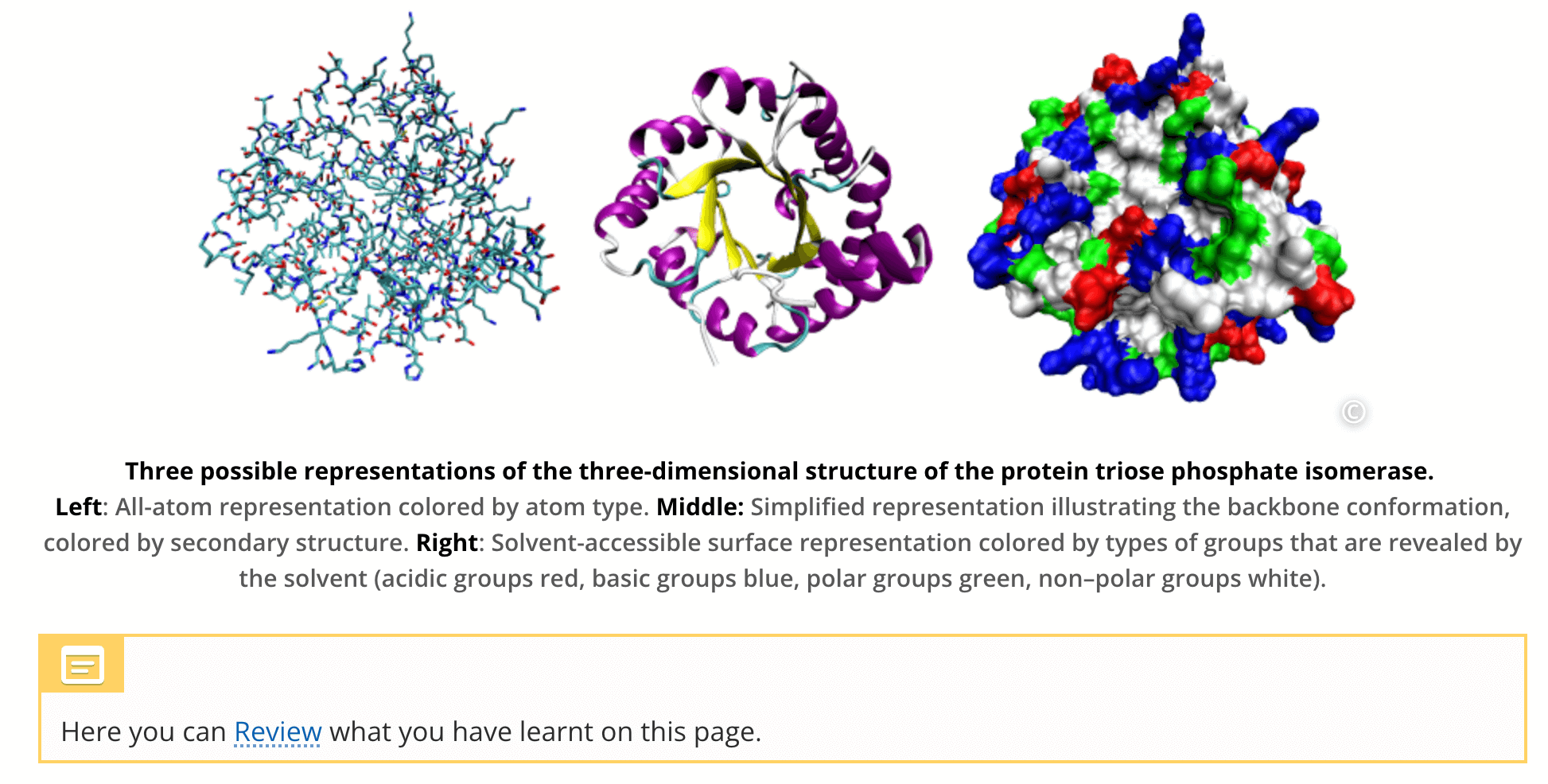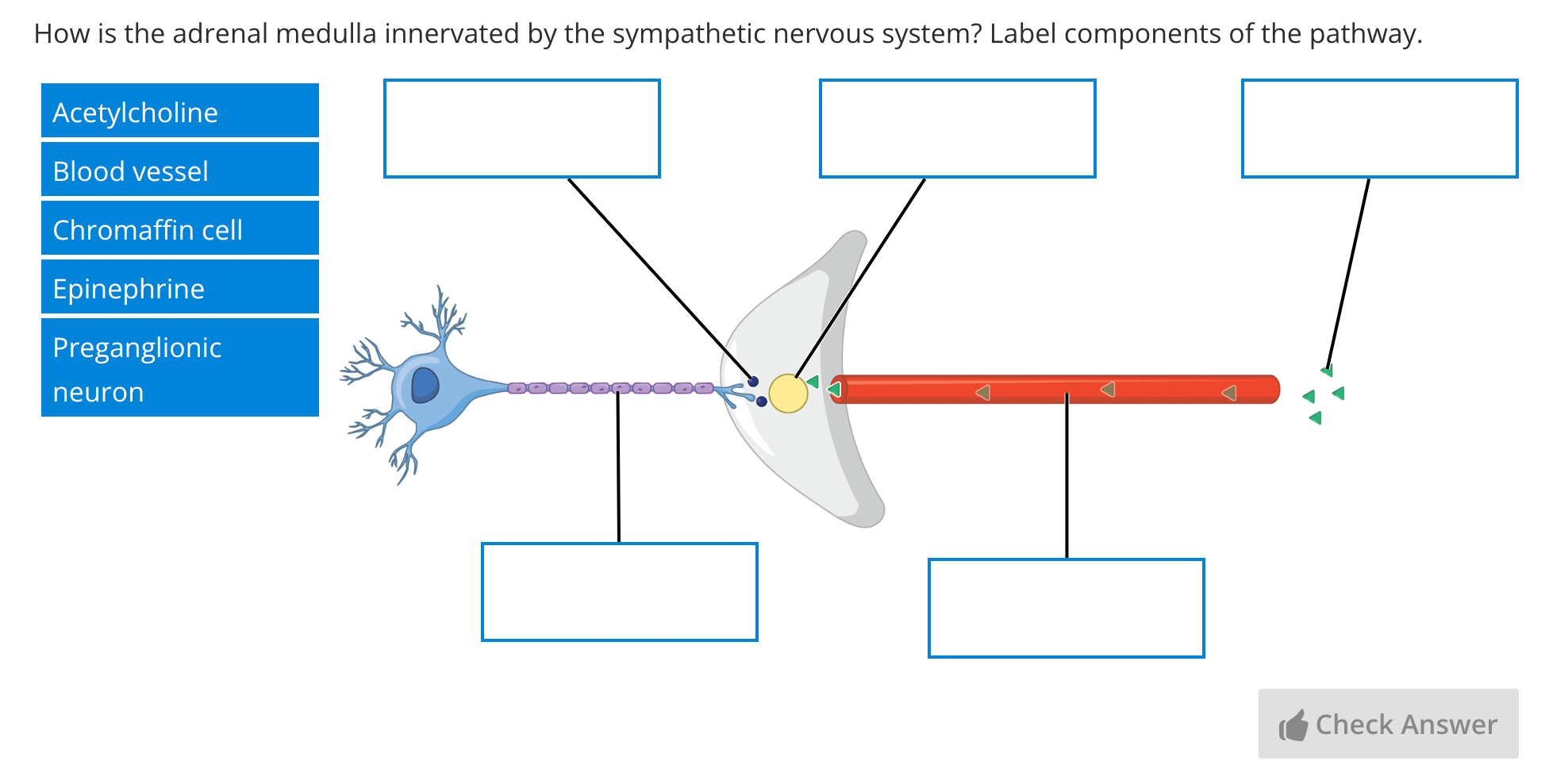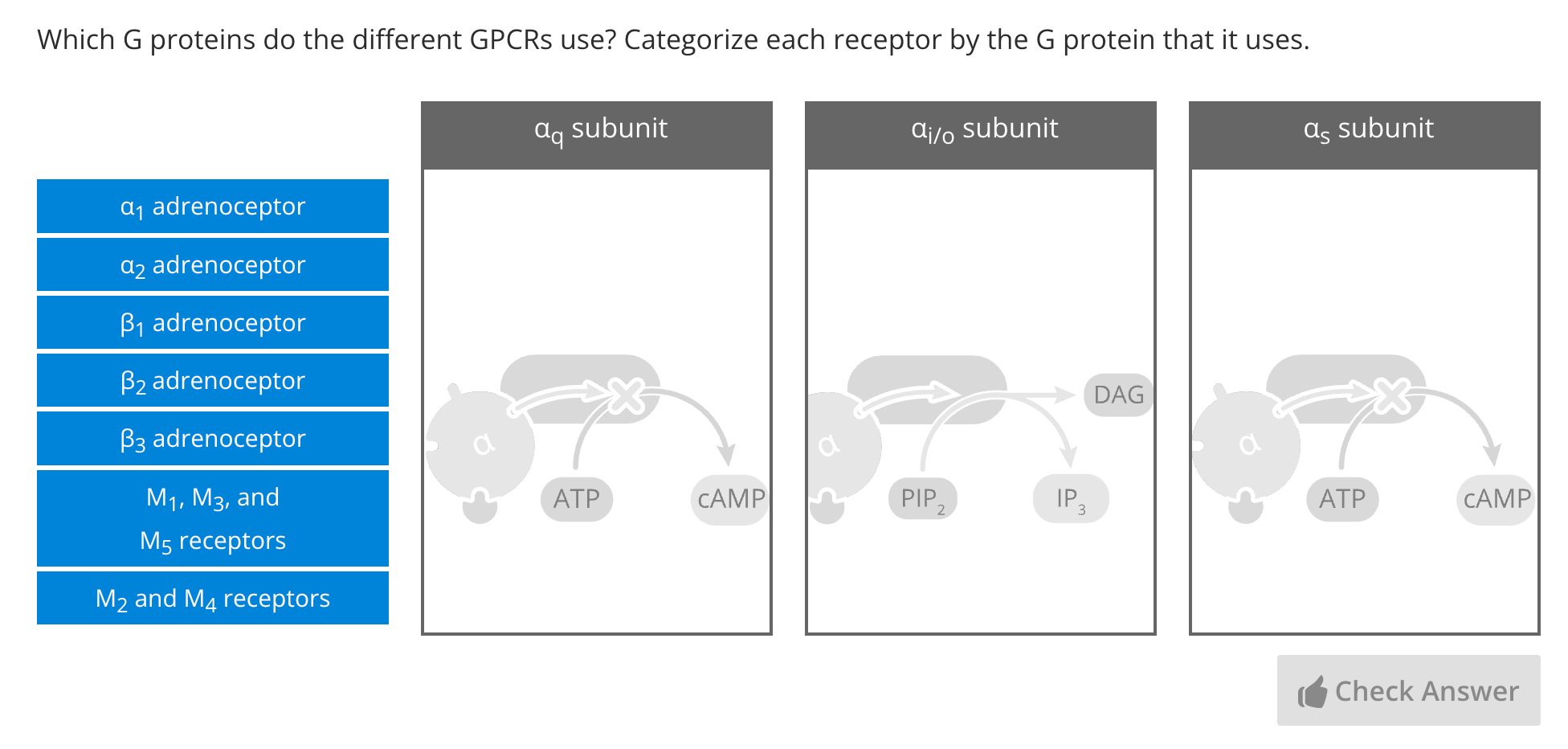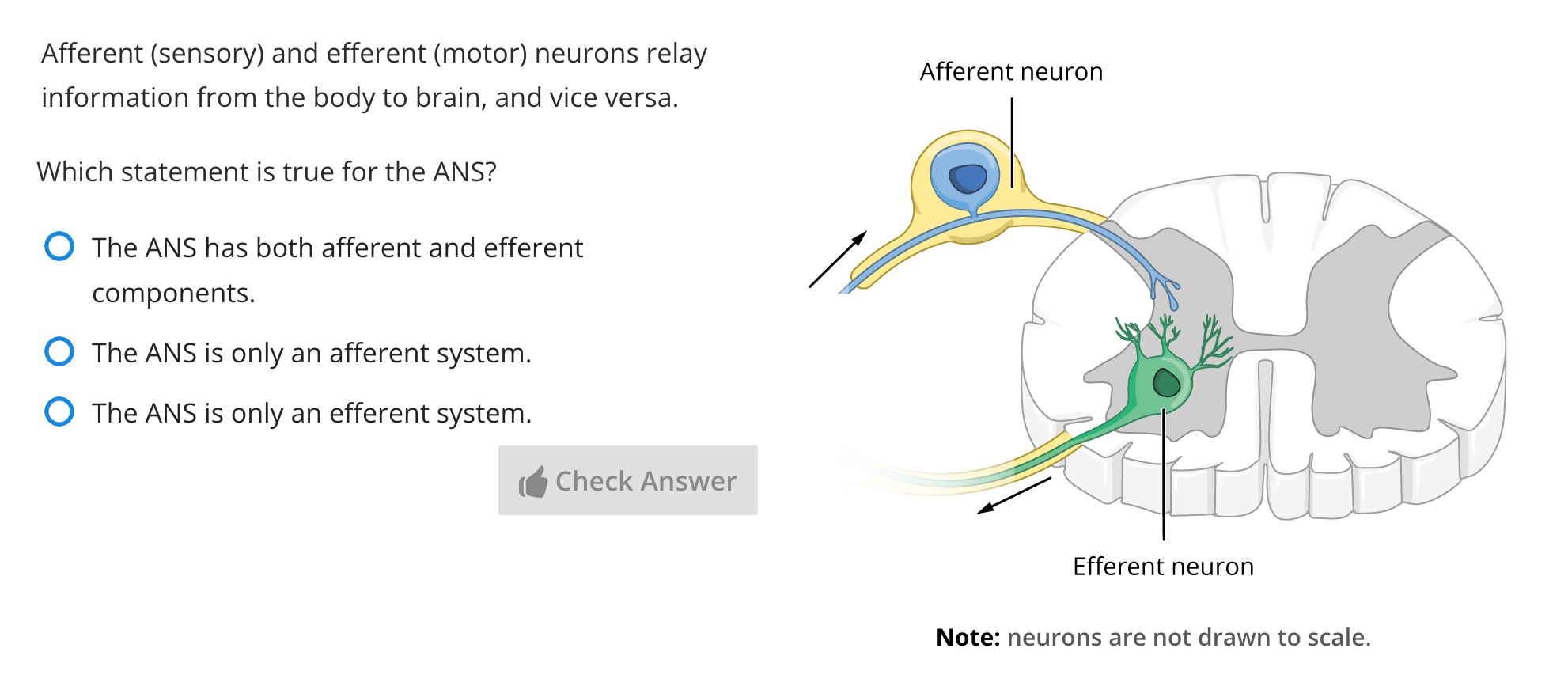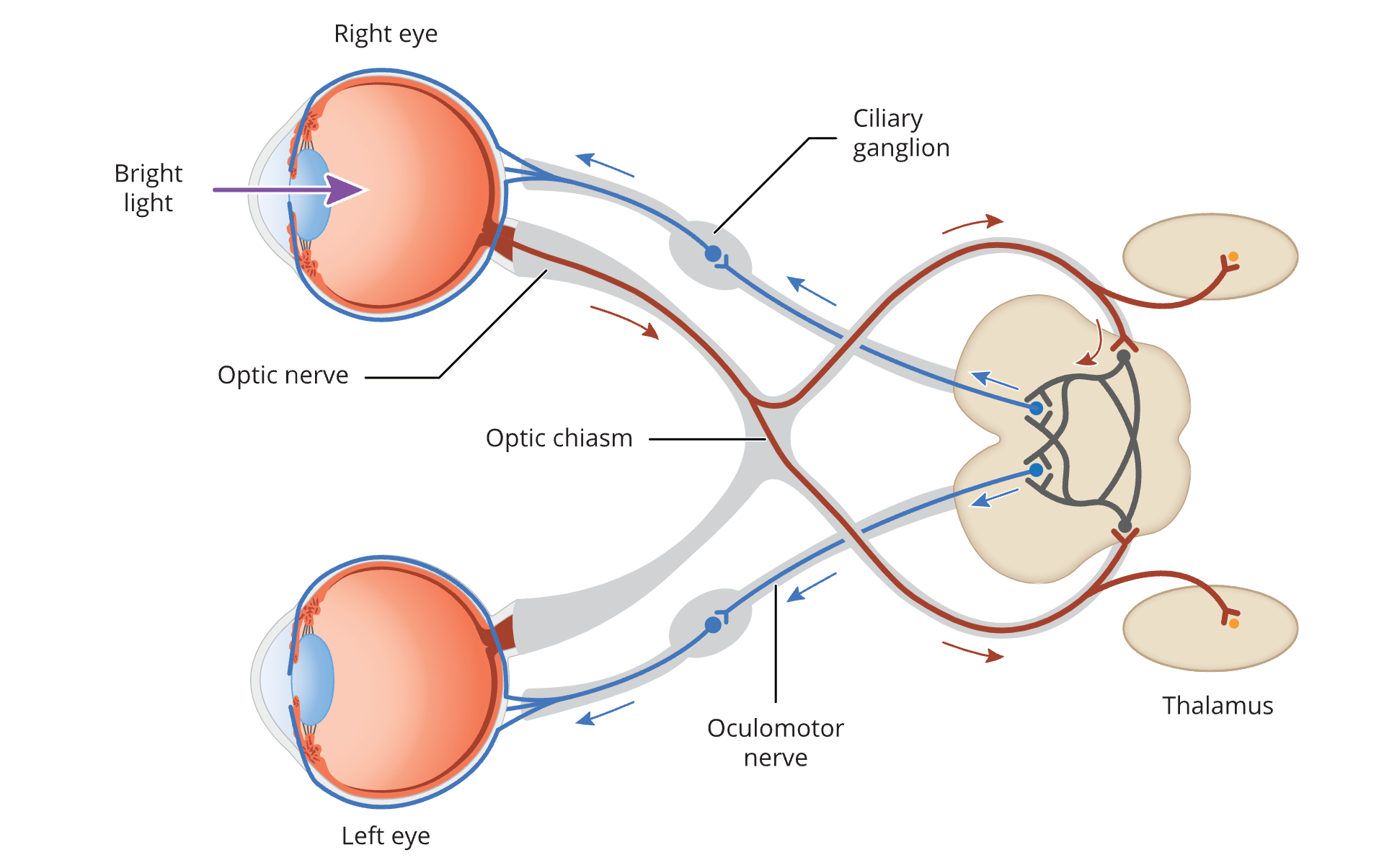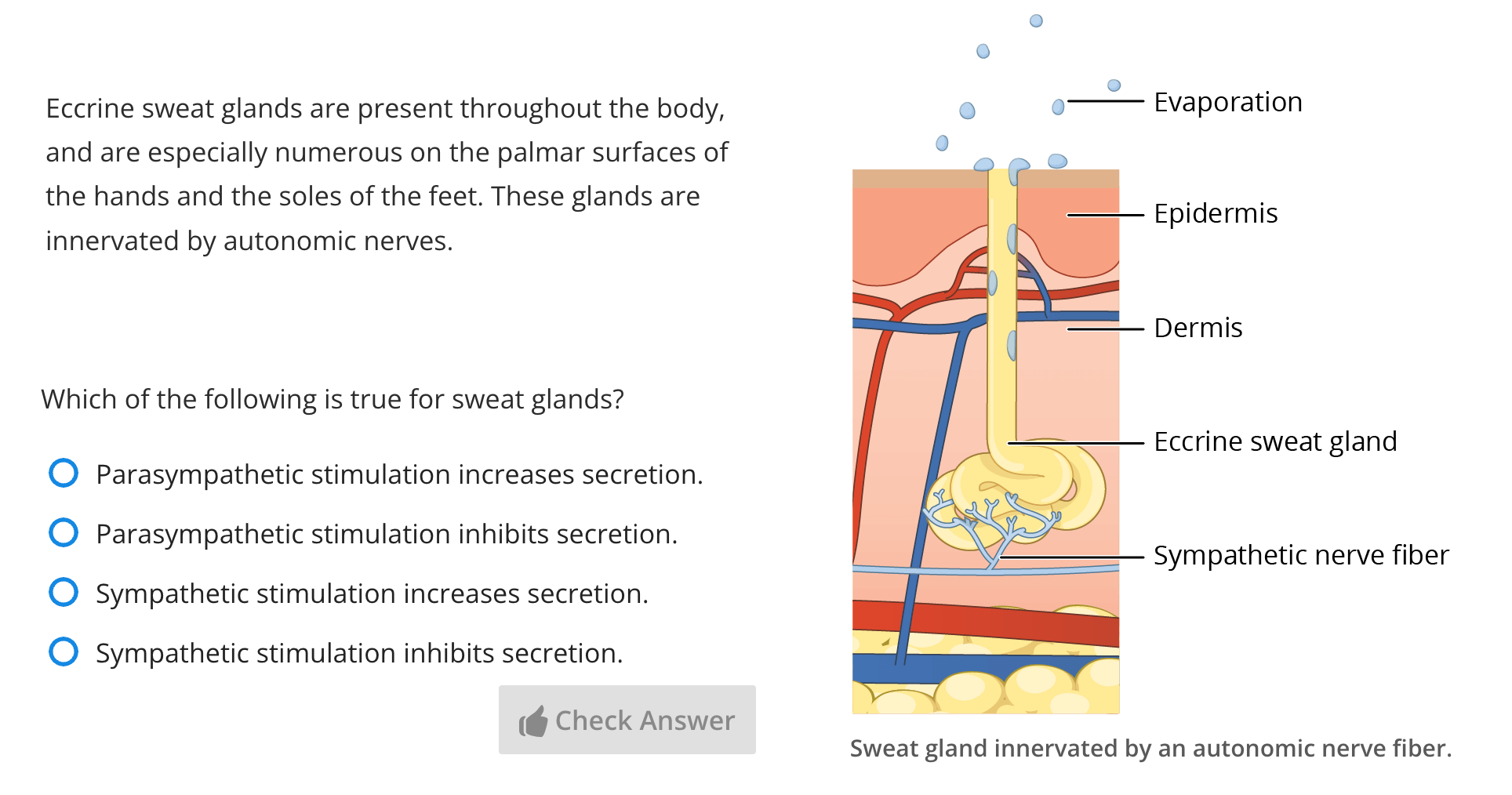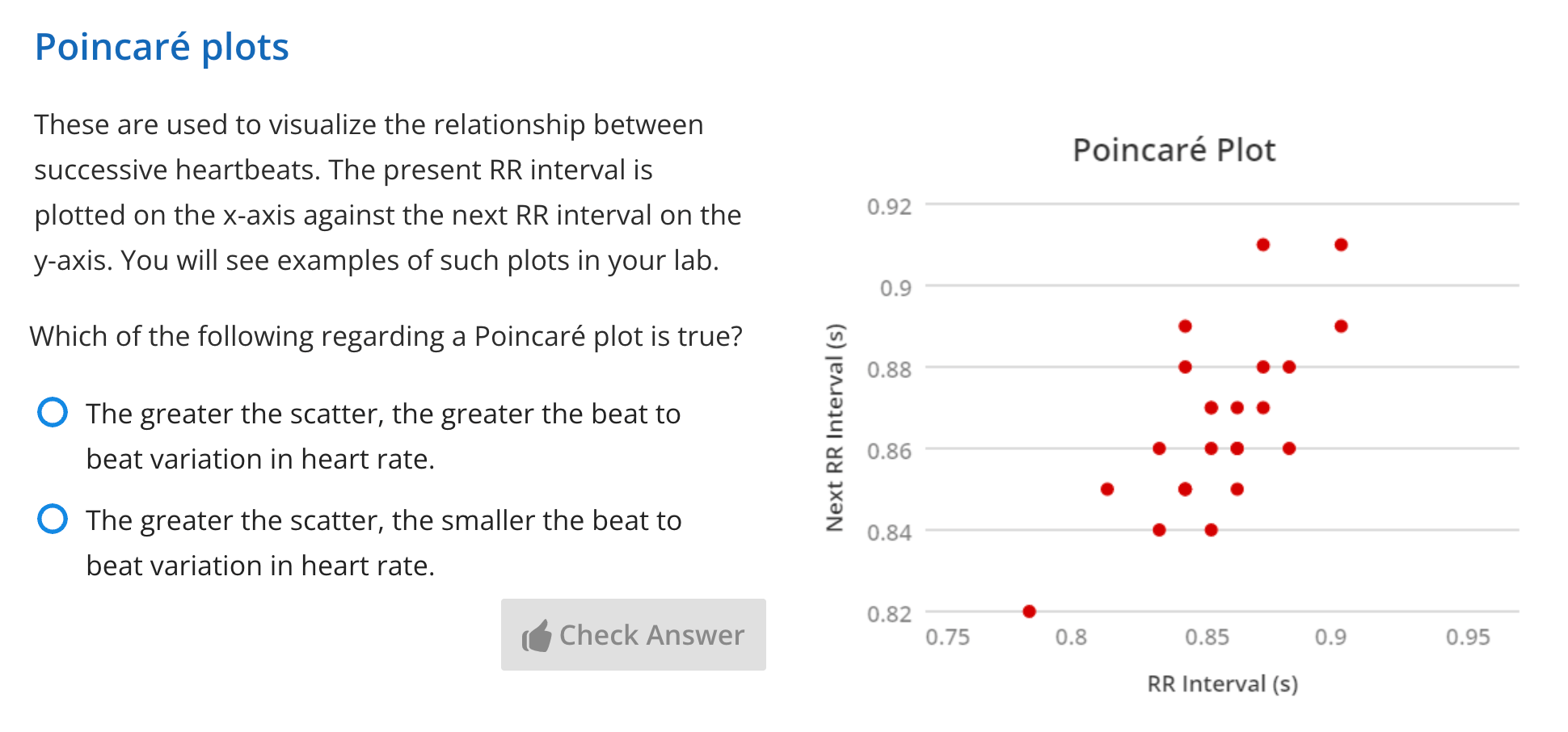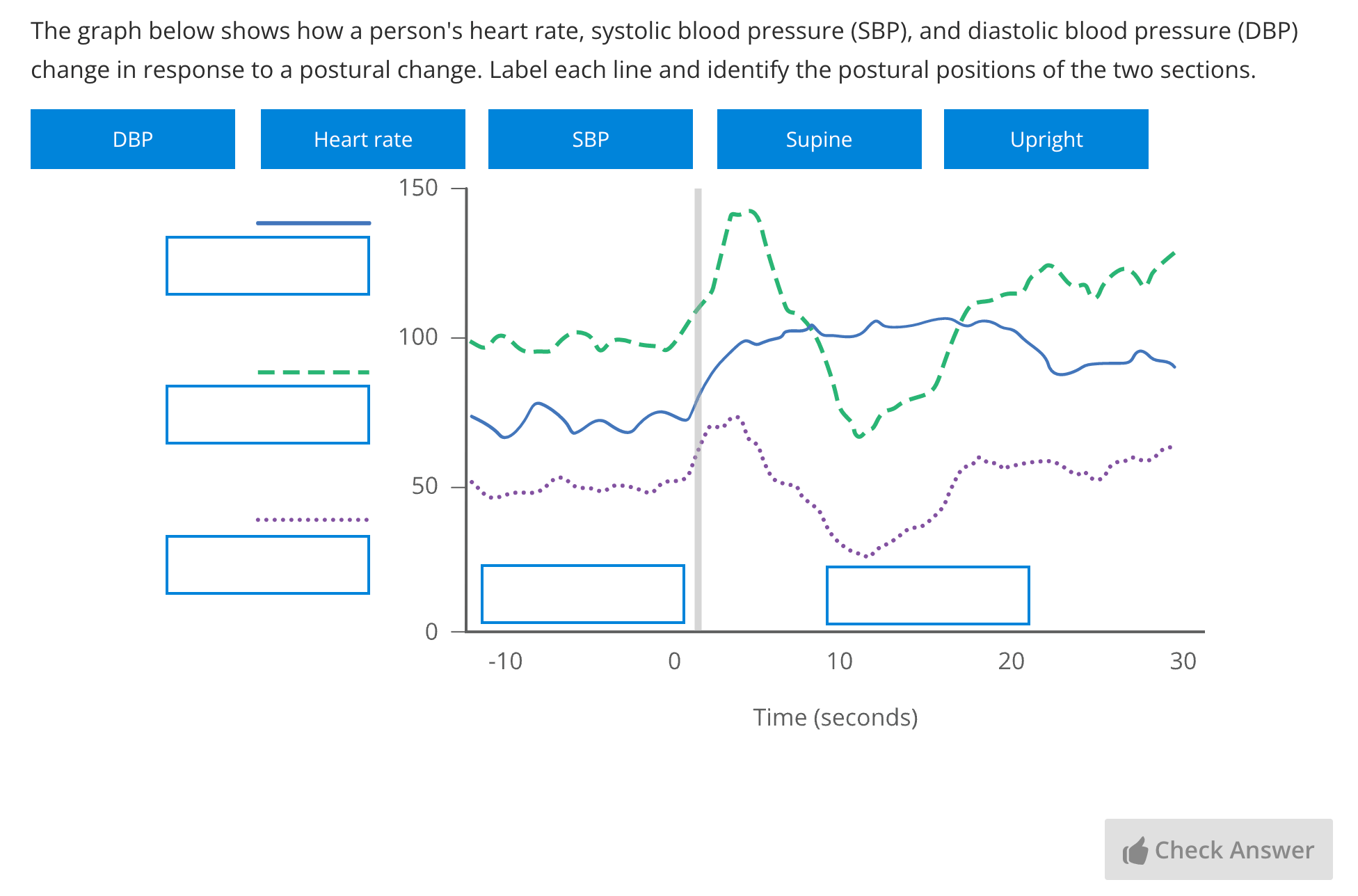ADInstruments is proud to support the new Center for Physiology Education, an initiative of the American Physiological Society
Physiology educators can now access an online community of excellence for teaching and learning in their discipline. The Center for Physiology Education (CPE) has been developed by the American Physiological Society (APS), which has worked in collaboration with more than 500 educators to create a comprehensive set of quality resources for education. ADInstruments is proud to support this forward-looking initiative by acting as a Center Partner, providing interactive teaching resources to physiology educators for free.
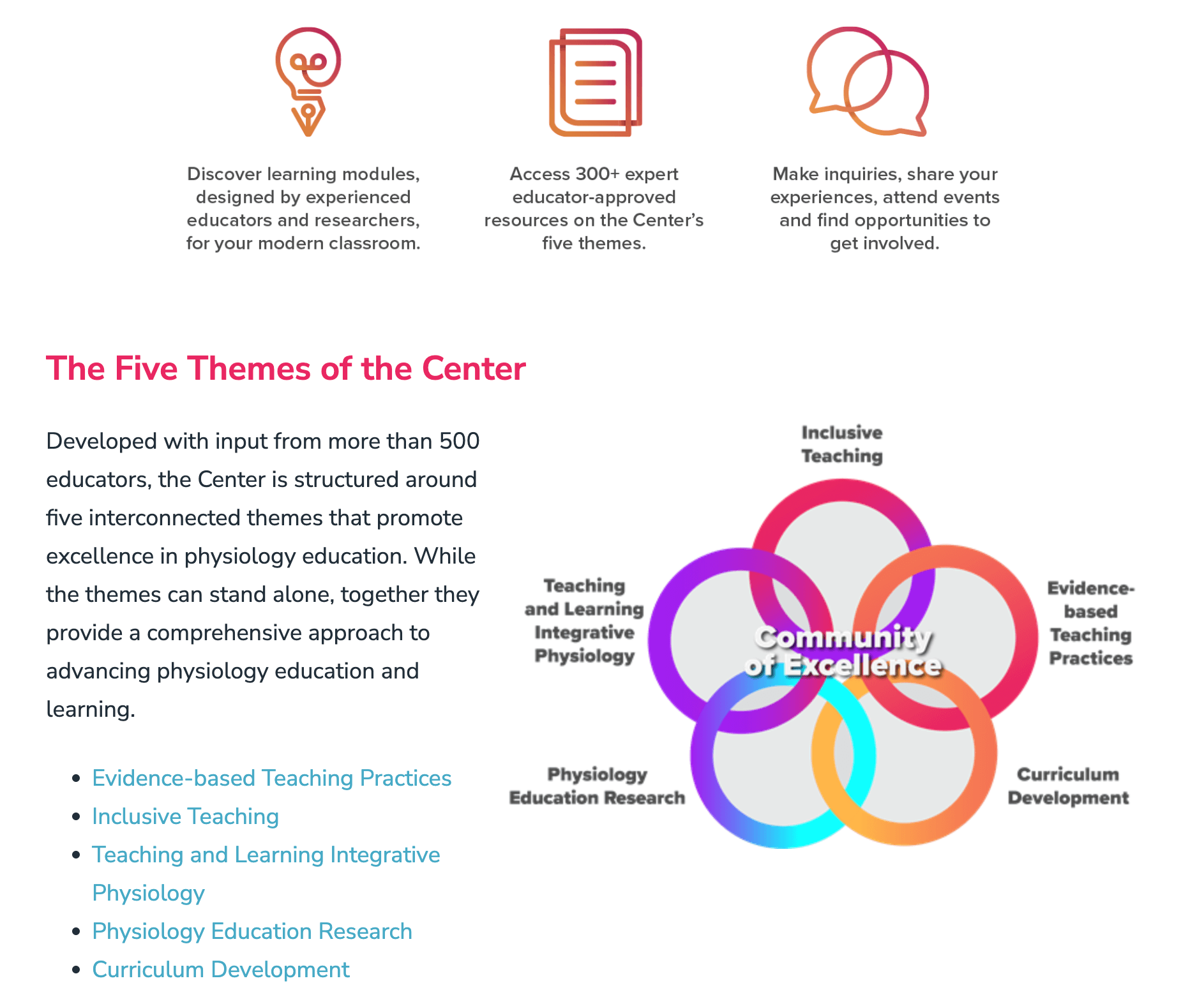
Collaboratively designed, the Center for Physiology Education brings together evidence-based resources and community events.
Access free, professionally-designed physiology lessons
ADinstruments’ online-learning platform, Lt, has been embedded in the CPE so that educators can access interactive lessons on physiology.
Our professional team of instructional designers has shared lessons on core physiology concepts from our active learning resource for physiology students, Understand Your Physiology. You can immediately jump inside these lessons and start learning about physiology, or share them with your students.
- See inside this lesson on Cell Connections: In this lesson, you will learn about a variety of cell connections, including adherens junctions, desmosomes, gap junctions, and tight junctions. Use illustrations and interactive questions to test and consolidate your understanding.
- See inside this lesson on The Building Blocks of Life: This lesson relates structure to function, and reviews the major molecules that are found throughout the body, how the body is organized and the structure of the cells, and how cells are connected together. To develop this understanding, you will learn about matter; the building blocks of organic matter; common functional groups; functions of the major building blocks; carbohydrates – monosaccharides; di– and poly–saccharides; lipids; amino acids; proteins; water; and solutions.
We’ve also pulled from our comprehensive Lt Human Physiology Collection to share two lessons on the autonomic nervous system, which teach about both the structure and function of this system:
- See inside this lesson on the Divisions of the Autonomic Nervous System: By completing this lesson, you will understand the two divisions of the autonomic nervous system and the general physiological roles of each. You’ll contrast the anatomy of the parasympathetic and sympathetic systems, and be able to describe the major parasympathetic and sympathetic effects of these systems on target organs. Specifically, you’ll be able to contrast sympathetic innervation of the adrenal gland with sympathetic innervation of other target organs. You will learn how to describe a visceral reflex arc, and be able to compare and contrast cholinergic and adrenergic nerve fibers.
- See inside this lesson on the Dysfunction of the Autonomic Nervous System: What happens when the autonomic nervous system stops working as it should? In this lesson, you will learn how to describe the general symptoms of autonomic dysfunction. You’ll investigate how sweat production and heart rate variability (HRV) are measured, as well as how Poincaré plots are made. You’ll be able to explain how the Valsalva maneuver assesses cardiovascular function, and to describe how postural changes can affect heart rate, systolic blood pressure, and diastolic blood pressure. Additionally, you will compare the pupillary light reflex and the accommodation reflex.
Ensuring quality physiology education
The resources available online in the CPE can be split across five different themes:
- Evidence-based Teaching Practices
- Inclusive Teaching
- Teaching and Learning Integrative Physiology
- Physiology Education Research
- Curriculum Development
These five themes reflect key facets of physiology education, and will offer targeted support to educators seeking to upskill or refresh their knowledge in these areas. For example, the theme of Evidence-based Teaching Practices collates resources on pedagogical approaches including active learning, peer learning, and the use of case studies, and also addresses how to assess student learning and design/revise courses.
Related: Learn how Patricia Halpin uses case studies to teach pathophysiology »
As the basis of a growing community, the CPE is a place for educators to interact, learn, and share their experiences and insights gathered through teaching. By bringing resources and educators together, APS hopes to facilitate excellent teaching and learning in physiology.
Related: Learn more about the CPE »
We’re excited to host Associate Professor Julia Choate (Monash University) and Professor Terrence Sweeney (The University of Scranton) from the American Physiological Society on 2nd November (PDT), as they discuss the Center for Physiology Education and how it can benefit your physiology teaching practice.
This talk is one of many across a 2-day, free programme, called the 2022 Lt Global Brain Trust. Our keynote speaker, Assistant Professor Jessica Ibarra (member of the CPE Inclusive Teaching working group), will discuss diversity, equity, and inclusion in education, while Professor Barb Goodman (Editor of Advances in Physiology Education) will share how she has used Lt in her student-centered physiology classes to engage in peer teaching.
Our long-standing friendship with the American Physiological Society is a bond to be proud of, and we are thrilled to help them ensure that physiology educators are supported to deliver exceptional educational experiences to the next generation of physiology professionals.

